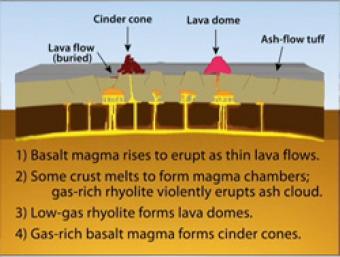
Why is there such a variety of lavas in the Basin & Range province?
Simplified deformation and volcanism in an extensional regime that characterizes a basin and range province. Shows the basic processes that lead to eruptions in the region, and what type of eruptions occur. Includes lava flows, ash flow, dome building and cinder cones. During Basin & Range extension, the plates pull apart, the mantle rises and melts due to lower pressures near the surface. The style of eruption depends on how long the magma sits in the crust and undergoes processes such as crystallization and melting and assimilation of wall rock.
CLOSED CAPTIONING: A .srt file is included with the download. Use an appropriate media player to utilize captioning.
Thinned extended crust yields these eruptions:
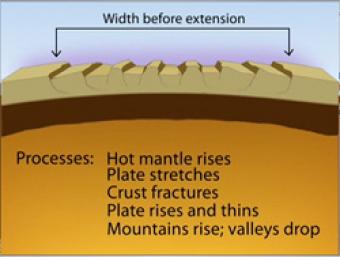
Over most of the last 30 million years, movement of hot mantle beneath the region caused the surface to dome up and then partially collapse under its own weight, as it pulled apart. Currently, there is very little actual stretching going on, and the small amount is concentrated on the Western and Eastern edges of the Basin and Range.
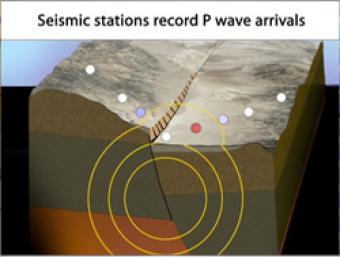
Cross section of the shallow crust in the Basin & Range. Earthquake produces seismic waves that bump an array of seismic stations. One station records the arrival of the seismic waves on a seismogram.
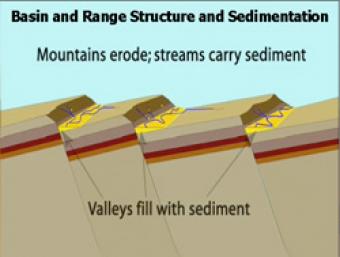
As extension and uplift occur, erosion and sedimentation happen simultaneously but at slower rates. As extension slows down, erosion and sedimentation can overcome mountain building.
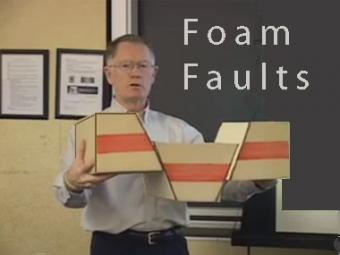
How can I demonstrate plate tectonic principles in the classroom?
Video lecture demonstrates the use of foam faults to demonstrate faults, and a deck of cards to demonstrate folds and fabrics in rock layers. Different types of faults include: normal (extensional) faults; reverse or thrust (compressional) faults; and strike-slip (shearing) faults.
We encourage the reuse and dissemination of the material on this site as long as attribution is retained. To this end the material on this site, unless otherwise noted, is offered under Creative Commons Attribution (CC BY 4.0) license